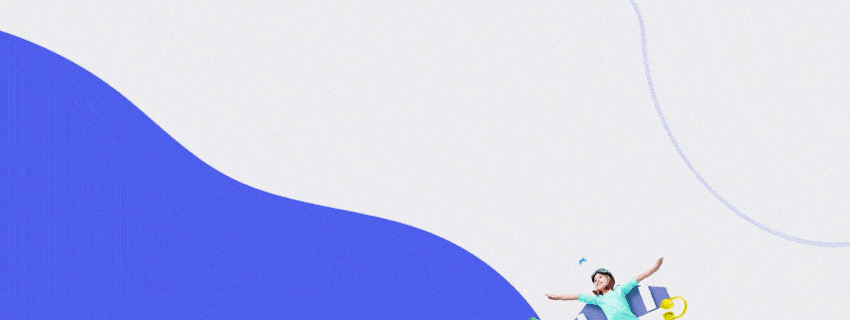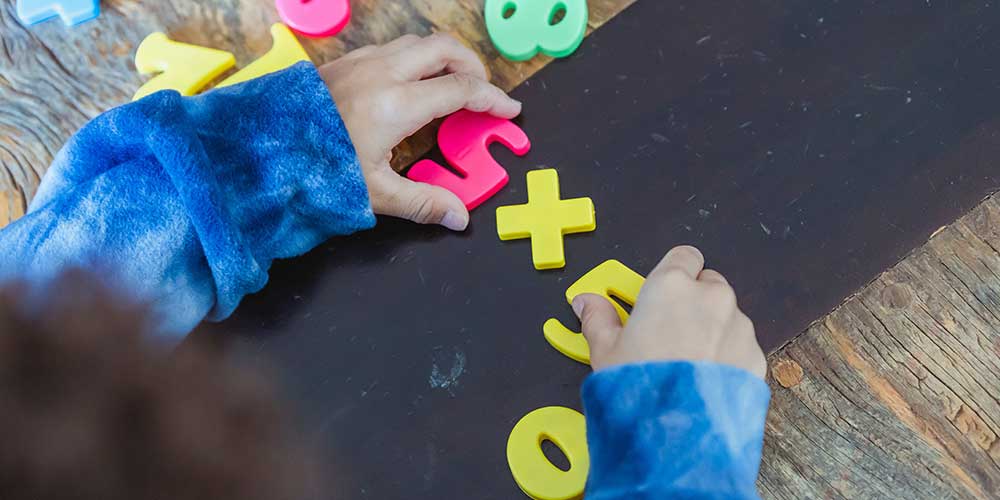Chapters
- What do you need to know about geometry?
- How should you learn geometry?
- Which is the best method to learn geometry?
We get it… Geometry is super confusing. Especially when taught in a classroom where the teacher has no time to answer everyone's questions. That’s why we’ve written this piece to help you understand the basics of geometry and some of its use cases.
Learning maths can already be a hurdle on its own. Now take a complicated topic like geometry, and it can make your head spin!
Luckily, we have a few tips and tricks that will help you understand what the importance of geometry is and how to learn it better.

What do you need to know about geometry? 🔺
Depending on your age, you will need to know different things when it comes to geometry. If you are young, you need to learn about shapes and space.
You might have even learned about shapes at school already. Can you recognise the difference between a square and a triangle? If not, first things first, notice how one has 4 sides, and the other has 3.
However, if you’re a bit older, you’re probably learning about 3D geometrical shapes. See the difference between books and balls. This is where you start understanding how geometry really works.
From there, you will start to find shapes all around you. For example, your laptop is probably a square. Your dining table may be a rectangle.
There is also a toy that lets you put shapes into holes. Each hole has a corresponding name that helps you learn about the shape. However, they're a little old fashioned, and we’ve realised that they encourage guessing rather than knowing.
Maybe you can go on shape hunts around the house? Start with basic, easy to identify shapes like circles and rectangles. Then, once you have learnt what those are, start including squares and triangles, too!
How should you learn geometry?
Curiosity is the first step towards any successful maths lesson. When learning geometry for kids, there are a few different methods you can use at home.
But there are two topics that you should look at from the start. Reproducing shapes and creating with shapes.
👉 Reproducing shapes
Reproducing shapes is taking items all over the house and forming them, putting them together or cutting them to make a shape. Punching out circles with a straw or a hole puncher in a leaf. You can also fold paper to make triangles or squares. You can even start to look at some origami to make 3D shapes!
Reproducing geometrical shapes creates an understanding of geometrical proofs. This is a topic that comes up a lot in higher-grade maths.
Challenging yourself to reproduce shapes is a building block toward success in higher-level maths.
👉 Creating with shapes
Creating with shapes helps encourage creativity and understanding of 3D shapes.
Try to make your own designs and pictures using shapes. You can even put together different shapes to create new shapes. This will help you understand the vast potential of geometry.
Which is the best method to learn geometry?
The best method to teach geometry is definitely to see the shapes. This is called the display method, and all the tips mentioned above encourage this method.
When you experience what you need to learn, you learn it at a deeper level.
To get started, try to build and create with square blocks. Create a game where you look at maps to identify shapes in the streets (like circles, squares and sometimes triangles!)
There are so many more display method options for you out there, including fun activities to do at home or in the great outdoors. When going to the park, see how the playground equipment is made of shapes. When you or your parents bake cookies, see how they make shapes out of the dough.
There are endless options to learn geometry in a fun and engaging way. However, you may yet struggle because of the never-ending shapes and symbols. If you are looking for additional assistance, take a look at our GoStudent online tutors. Connect with one today and see how they can make geometry fun for you!










